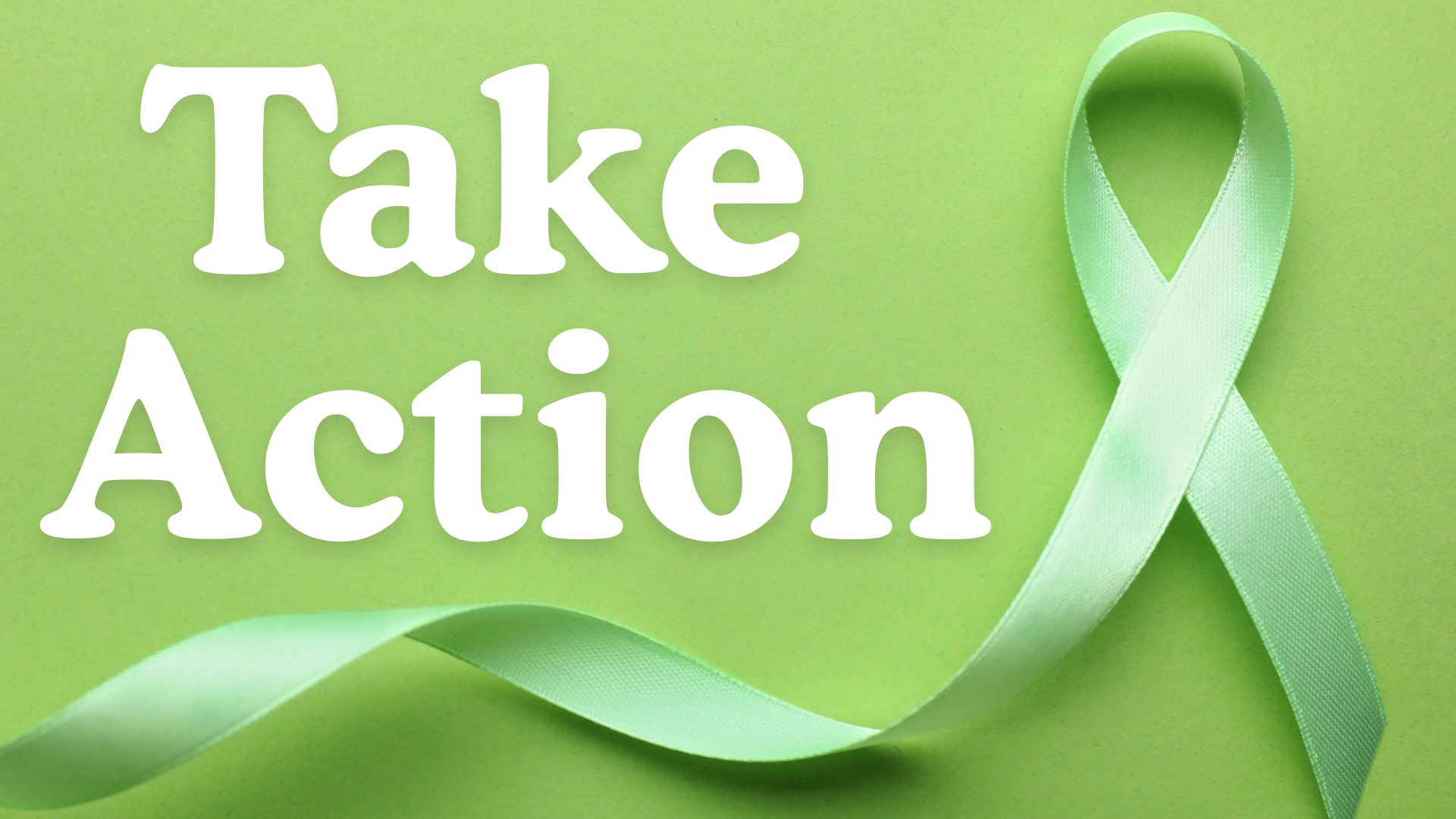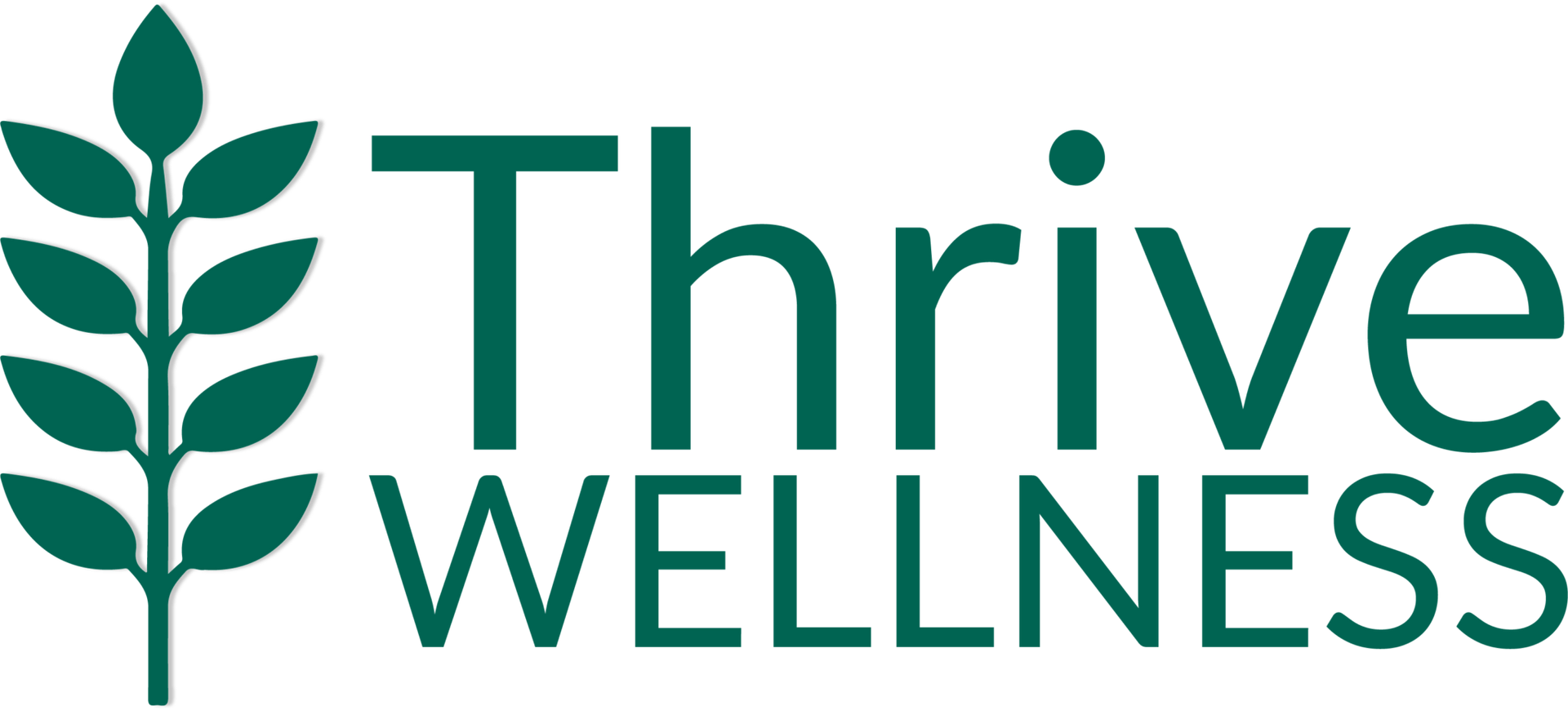Eating Disorders in the LGBTQIA+ Community: A Q&A With Thrive Wellness Reno LGBTQIA+ Affirming Therapist Samuel Hunt, MFT

According to the National Eating Disorders Association (NEDA) , parts of the LGBTQIA+ community are disproportionately affected by eating disorders due to stressors associated with their identities. Many LGBTQIA+ individuals also face obstacles to eating disorder treatment and recovery. LGBTQIA+ individuals struggling with these dangerous conditions require informed treatment that takes into account their distinct needs. Learn more about eating disorders in the LGBTQIA+ community in this Q&A with Thrive Wellness Reno LGBTQIA+ Affirming Therapist Samuel Hunt, MFT.
How do eating disorders affect the LGBTQIA+ community?
Statistics show that more than half of the LQBTQIA+ youth population between ages 13 and 24 have been diagnosed with an eating disorder. Additionally, many LGBTQIA+ adults have been found to struggle with thoughts and behaviors that tend to lead to the development of eating disorders, including:
- Excessive concern about body shape and size
- Body dissatisfaction
- Desire to be thin
- Food restriction
- Binge-eating
- Purging
Furthermore, according to NEDA , 42% of men with eating disorders identify as gay, and lesbian and bisexual women were almost twice as likely as heterosexual women to engage in binge eating at least once per month.
What are some unique stressors that LGBTQIA+ individuals commonly experience?
LGBTQIA+ individuals are up against discrimination, stigmas, and victimization. Many are mistreated in their workplaces, schools, and homes. Consequently, they may face the loss of their jobs, bullying at school, and homelessness. Additionally, they often encounter homophobia, which can cause them to feel fear and shame as well as conceal their identity. These factors can lead to struggles with self-worth, interpersonal distrust, and emotional well-being.
How can these stressors contribute to the development of eating disorders?
These stressors increase the risk for many mental and behavioral health struggles, including anxiety , depression , suicidality , and eating disorders .
Possibly due to societal mistreatment and/or mental health struggles, many LQBTQIA+ individuals feel a lack of control over their lives. For some, eating disorders can provide an outlet for their distress as well as a command over their immediate environments.
How can body image struggles lead to the development of eating disorders in the LQBTQIA+ community?
Social constructs of the “ideal” male body or the “ideal” female body are associated with the prevalence of eating disorders in the LQBTQIA+ community. For example, the stereotype of men needing to appear strong may influence transgender men to change their eating and movement behaviors. Similarly, lesbian women are held to the same unfair societal body image standards as heterosexual women, but lesbian women also face discrimination based on their sexual identity, which can place them more at risk for disordered eating . In fact, one study found that 82% of lesbian women reported basing their self-worth on weight. These culturally-imposed ideals about appearances are complex, however, and gender identity, sexual orientation, and race/ethnicity may all influence pressures to look a certain way.
For transgender individuals in particular, body image struggles can also contribute to eating disorders. Those who don’t have access to hormonal treatments may use disordered eating behaviors in an attempt to change their bodies. For example, transgender males who desire to stop their menstrual cycles may use food restriction and other weight-loss strategies. Many transgender males attempt to obtain more masculine features by engaging in disordered eating behaviors as a way to decrease breast size and reduce fat distribution around the waist and face. Similarly, transgender females may change their eating patterns to reduce muscle mass and achieve a more feminine look.
Many LQBTQIA+ individuals struggle with body dysmorphic disorder, a condition that causes a negative misperception of one’s body. Often, LGBTQIA+ individuals dislike parts of their bodies because they don’t match their gender identity. While body dysmorphic disorder is distinct from eating disorders, there is some correlation between the two conditions, and 12% of those with body dysmorphic disorder also have anorexia or bulimia .
Why do LGBTQIA+ folks face barriers to treatment and recovery?
LGBTQIA+ individuals face barriers to treatment and recovery due to many factors. One major reason is that many healthcare education programs offer little or no training on the treatment of LGBTQIA+ individuals, especially regarding eating disorders. The limited knowledge many providers have in treating the LGBTQIA+ population contributes to stigmas and barriers to receiving care. If LGBTQIA+ individuals struggling with eating disorders don’t receive appropriate treatment that’s personalized and based on current research, then recovery can seem impossible.
In addition, support systems are vital to successful eating disorder recovery. If their loved ones aren’t accepting of their gender identity and/or sexual orientation, LGBTQIA+ individuals may face even more obstacles to healing.
What should LGBTQIA+ individuals look for when seeking treatment for eating disorders?
I recommend that LGBTQIA+ individuals seeking treatment in any form do the following:
- When beginning your search, don’t just trust that a provider is knowledgeable about LGBTQIA+ healthcare just because they say they work with LGBTQIA+ clients. Unfortunately, this can be a marketing tactic.
- To avoid being misled by providers’ claims, speak to them over the phone or by email. When reviewing their responses, trust your inner judgment about each provider’s actual training and degree of experience working with the LGBTQIA+ community. Note that for some speaking on the phone with a care provider can be triggering and even demoralizing, so approach this strategy with caution.
- Explore LGBTQIA+ websites, such as the Trevor Project’s members-only space . Many individuals post about their experiences with providers and offer useful insights.
- If you find that a provider doesn’t feel like a fit, let your intuition be your guide and continue your search. You may have to do some digging, but you can find knowledgeable LGBTQIA+ providers for any healthcare needs.
When seeking treatment for eating disorders specifically, seek out professionals who align with your values that also have extensive knowledge in the eating disorder treatment space, as these conditions are life-threatening and require specialized care.
EATING DISORDER RECOVERY FOR LGBTQIA+ INDIVIDUALS AT THRIVE
At Thrive Wellness, our LGBTQIA+-affirming clinicians specialize in eating disorder treatment as well as the unique needs of those in the LGBTQIA+ community. We offer integrated eating disorder treatment that includes psychiatric, therapeutic, nutrition, and movement support in a safe, welcoming, and compassionate environment to cultivate a community of healing for all sexual orientations and gender identities. Reach out to learn more about our eating disorder treatment programs services and LGBTQIA+-affirming clinicians
About the Contributor
Thrive Wellness Reno Therapist Samuel Hunt, MFT
Samuel Hunt received his master’s degree in marriage and family therapy from Northcentral University and has specialized in serving the LGBTQIA+ community for several years. He is passionate about providing gender-affirming therapy, care, and support to a population that is often underserved yet deserving of educated and professional health care as well as advocacy for equal rights.
As a marriage and family therapist at Thrive Wellness Reno, Samuel works with individuals of all ages, especially teenagers and those who identify as transgender. He takes pride in being client-focused as he wholeheartedly believes a client is an expert in their own life. With honor, he offers clients a safe space to express themselves and provides an outside perspective while guiding and empowering them to embrace their true selves.
In addition to traditional therapy, Samuel facilitates a transgender teen group in Northern Nevada and speaks at the University of Nevada, Reno’s medical panel each year to inform and inspire medical students. He is also a member of the Standards of Care Collective in Reno, which reviews the latest LGBTQIA+ research and provides support to the LGBTQIA+ community, including low-cost gender-affirming letters. Sam also volunteers his time with local charities, such as Our Center and Pride Reno, to help raise awareness about the health care needs of the LGBTQIA+ community.
Sam is a military veteran and is currently serving in the Army National Guard while pursuing a degree in interreligious chaplaincy so that he can provide therapy to members of the military. In his spare time, Sam cherishes hiking, camping, and spending time outdoors with his wife and three fur babies.








